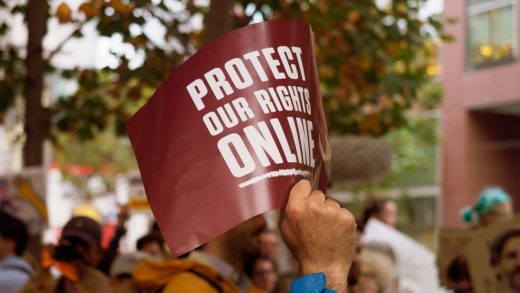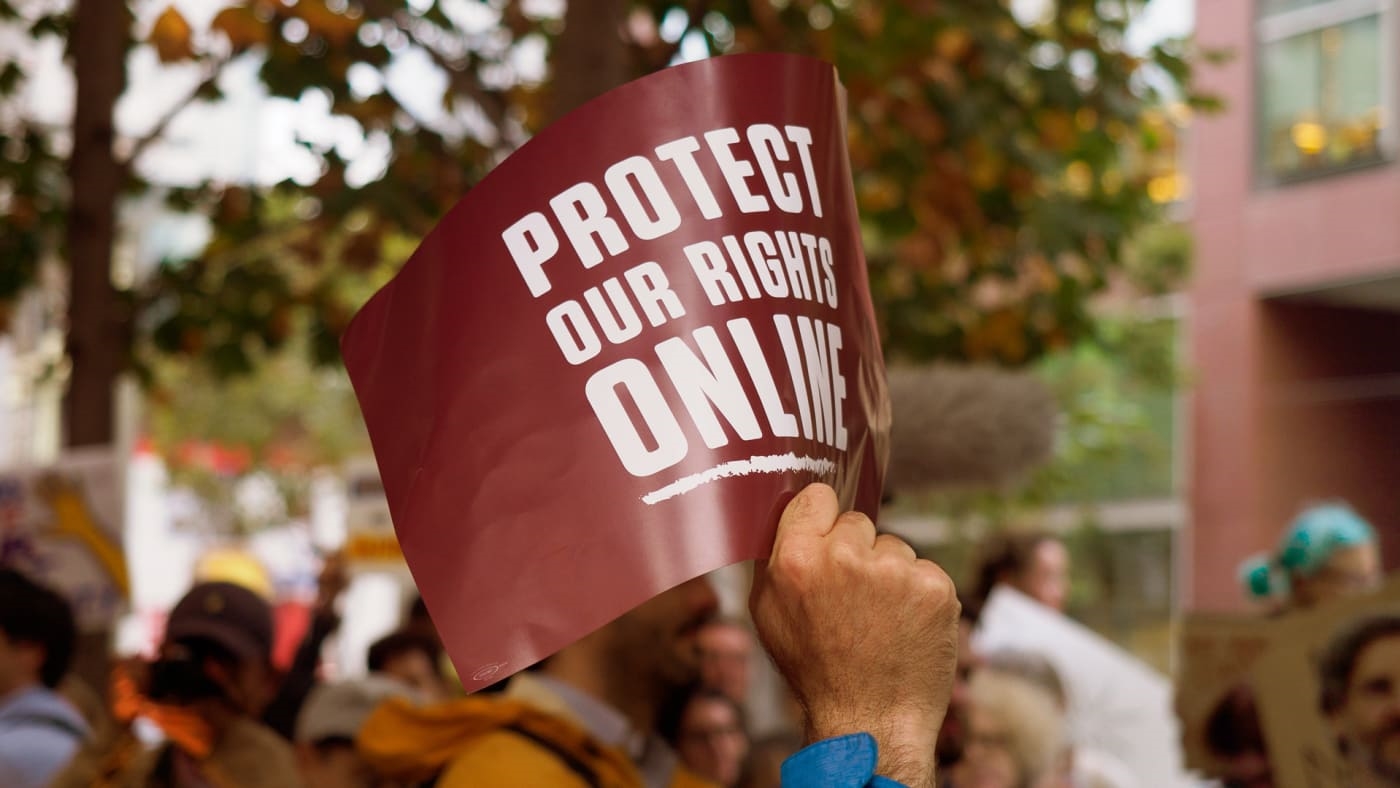These states are working to keep net neutrality alive
Federal regulations meant to protect net neutrality formally end today, fulfilling a promise by the Trump administration to scrap FCC rules approved in 2015. For most of the country, unfettered access to the internet now depends on the goodwill of their service providers.
But several states are taking on the duty that the FCC gives up today, passing laws to restore at least part of the Obama-era protections. Here’s a timeline of state efforts:
Other states may have joined the club by then. Having recently passed the state senate, California’s whopper net neutrality bill is now being considered by the state assembly of America’s most populous state. Legislators in more states have introduced or promised their own bills–notably the country’s fourth-biggest state, New York. Governors in six states (Hawaii, Montana, New Jersey, New York, Rhode Island, and Vermont) have signed executive orders making net-neutral policies a precondition for ISPs the state does business with.
And the Republican-led FCC has made its own promise: to exercise its authority to nullify state laws. It hasn’t taken the step yet, however. And if it does, lawsuits by states will inevitably follow.
(16)



